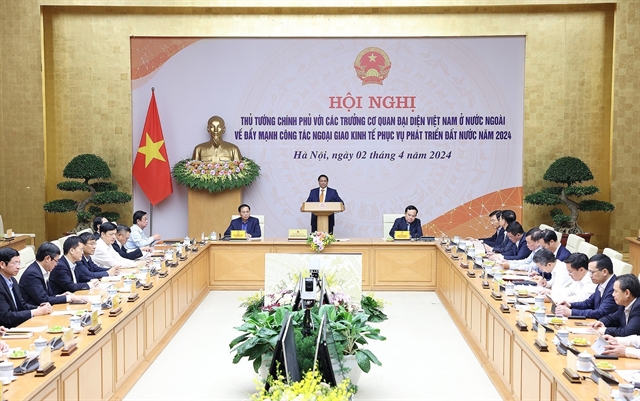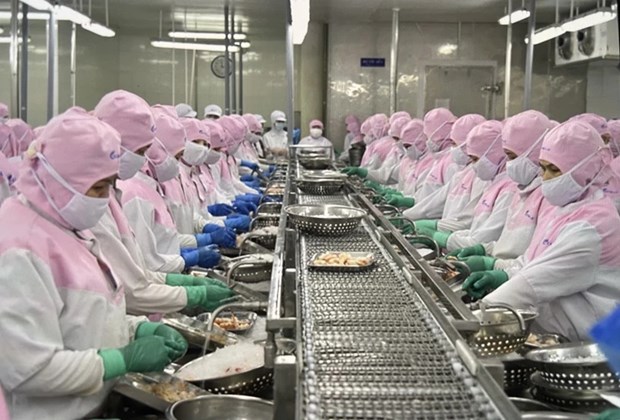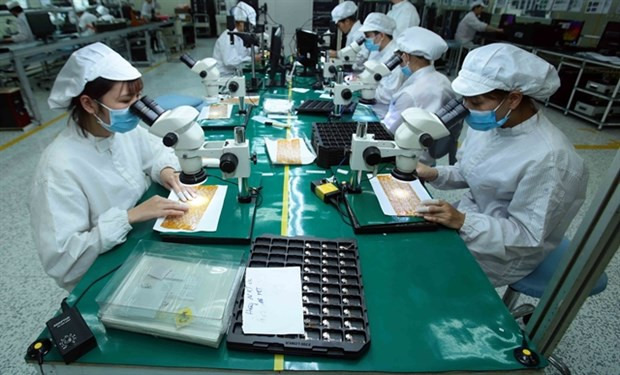 The Ministry of Science and Technology (MoST) has just issued Circular 02/2024/TT-BKHCN regulating the management of traceability of products and goods.
The Ministry of Science and Technology (MoST) has just issued Circular 02/2024/TT-BKHCN regulating the management of traceability of products and goods.
 As the world grapples with the urgent need to tackle climate change, Vietnam is making significant strides in establishing a domestic carbon trading system that could unlock substantial economic and environmental benefits. With ambitious emissions reduction targets and a growing focus on green development, the country is leveraging carbon markets to drive its low-carbon transition.
As the world grapples with the urgent need to tackle climate change, Vietnam is making significant strides in establishing a domestic carbon trading system that could unlock substantial economic and environmental benefits. With ambitious emissions reduction targets and a growing focus on green development, the country is leveraging carbon markets to drive its low-carbon transition.
 The conference focuses on enhancing economic diplomacy and its role in Việt Nam’s development in 2024 and beyond.
The conference focuses on enhancing economic diplomacy and its role in Việt Nam’s development in 2024 and beyond.
 Vietnam is capable of selling some 40 million carbon credits for a revenue of 200 million USD annually, the Department of Forestry has calculated.
Vietnam is capable of selling some 40 million carbon credits for a revenue of 200 million USD annually, the Department of Forestry has calculated.
 As Vietnamese agricultural exporters reviewed the figures of 2023, a new trend caught their eyes -- the actual demand from Chinese consumers went beyond their initial projection.
As Vietnamese agricultural exporters reviewed the figures of 2023, a new trend caught their eyes -- the actual demand from Chinese consumers went beyond their initial projection.
 The VietShrimp Aquaculture International Fair 2024, themed “In company with shrimp farmers” opened in the southernmost province of Ca Mau on March 20.
The VietShrimp Aquaculture International Fair 2024, themed “In company with shrimp farmers” opened in the southernmost province of Ca Mau on March 20.
 A delegation of 50 US enterprises arranged by the US - ASEAN Business Council (USABC) is paying a working visit to Vietnam from March 18 to 21, which is said to mark a big step in bilateral relations.
A delegation of 50 US enterprises arranged by the US - ASEAN Business Council (USABC) is paying a working visit to Vietnam from March 18 to 21, which is said to mark a big step in bilateral relations.
 Vietnam's GDP in the first quarter of 2024 will grow by around 5.5% as predicted, according to experts and thinktanks.
Vietnam's GDP in the first quarter of 2024 will grow by around 5.5% as predicted, according to experts and thinktanks.
 Vietnam's exports to the US have steadily rebounded since late last year, experiencing robust growth in export value during the first two months of 2024.
Vietnam's exports to the US have steadily rebounded since late last year, experiencing robust growth in export value during the first two months of 2024.
 Deputy Minister of Industry and Trade Phan Thi Thang had a meeting with Deputy Assistant US Trade Representative (USTR) for Southeast Asia and the Pacific Sarah Elleman, within the framework of Vice State President Vo Thi Anh Xuan’s recent working visit to the US.
Deputy Minister of Industry and Trade Phan Thi Thang had a meeting with Deputy Assistant US Trade Representative (USTR) for Southeast Asia and the Pacific Sarah Elleman, within the framework of Vice State President Vo Thi Anh Xuan’s recent working visit to the US.
| The site is done with the technical support of the project BWTO |